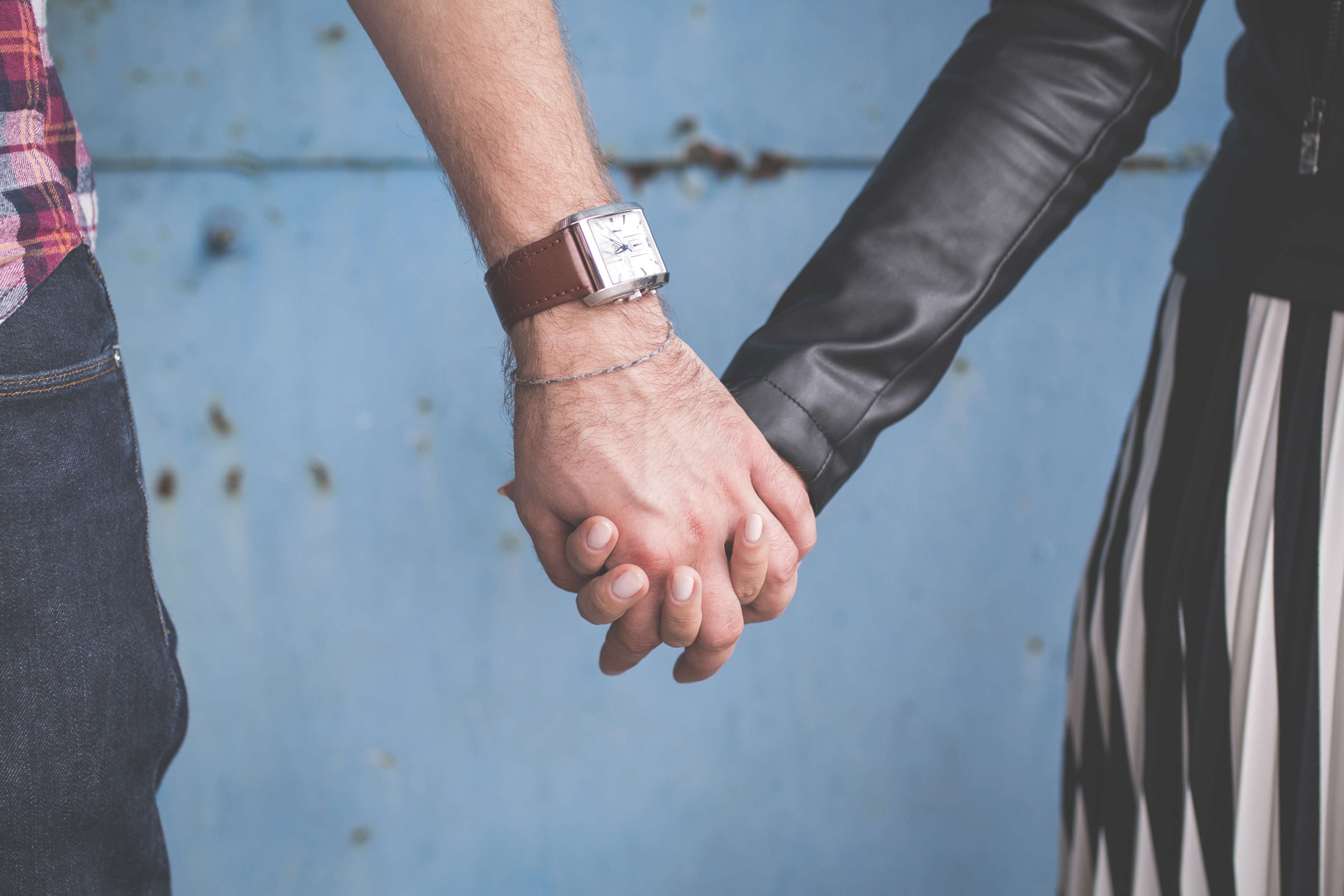Think back to your last date night—chances are it involved candles, aphrodisiacs and a smartphone.
The first time I used my phone at the dinner table in front of my then boyfriend (and now husband) was at our favourite Mumbai restaurant, The Table. I knew the menu and my order well, and so, as he scanned the menu, I attended to the flashing updates on my phone. It took me five minutes to realise that he was staring at me—slightly horrified, a tad annoyed and definitely not amused. “I thought we’re having dinner together,” he said. “We are!” I responded, oblivious to what caused the sudden change in mood. “This table is for two, and I don’t think your phone has earned a spot,” he declared. Until that point I never thought of my phone as the proverbial third wheel. Was I furiously typing something of paramount importance? Far from it; I was probably commenting on a meme or sending emojis to a friend. Reaching for my phone was more habit than need—it’s just something most of us carelessly do when we have a moment to spare.
Going Dutch
Even if you’ve been married for years or have never swiped a date on Tinder, chances are your love life is wired today—scheduling your next date on WhatsApp or figuring out time away from the kids via text or FaceTime. Rebecca Solnit in her must-read essay ‘We’re Breaking Up: Noncommunication in the Silicon Age’ wrote about the human relationship with technology and communication: “The fine art of doing nothing in particular, also known as thinking, or musing, or introspection, or simply moments of being, was part of what happened when you walked from here to there, alone, or stared out the train window, or contemplated the road, but the new technologies have flooded those open spaces. Space for free thought is routinely regarded as a void and filled up with sounds and distractions.” And these distractions often come at a price—lack of sleep, offending loved ones, being never entirely present, but mostly, being self-important. Denmark’s gift of hygge to the world could just be what the doctor ordered. This practice best defined as a “quality of cosiness and comfortable conviviality that engenders a feeling of contentment or well-being” essentially involves existing in a comfortable space, savouring the moment and life itself. When was the last time you did that sans technology? In Jochebed Smith’s essay in the New York Times, titled ‘Swearing Off The Modern Man’, she posed a crucial question: “How much time can you be spending together if so much of it is spent taking pictures and writing captions?” A study conducted by Nielsen Informate Mobile Insights shows that smartphone users in India spend an average of 169 minutes a day on their device. Compared to that, in an exploratory study, Dr Sally Andrews, a psychologist at Nottingham Trent University, recorded that most young adults in Britain spend a third of their waking lives on their device. So, I tried measuring my screen habits with a simple experiment: For an hour each day, I noted every minute I reached for my phone/iPad/MacBook instead of just being. I clocked in at 35 minutes out of 60—the result was alarming and I knew it was time to recalibrate.
The Lost Letter
Today, when you date someone, you’re not just dating each other but signing up for a polyamorous relationship that emerges with your respective Instagram, Snapchat, Facebook, Twitter, Tumblr and whatever the next billion-plus-dollar social media app-of-the-moment is. Communication has changed—an actual phone call translates to “something urgent” because texting is the norm. With constant access to email, correspondence has become more frequent and less meaningful. The epistolary romance might be a thing of the past but I recommend bringing it back in a newer form. My tech-savvy grandmother (she taught me how to use Pinterest!) always sends messages in letter format. This would be bizarre for everyday texting, but every now and again there’s something truly touching about replacing the banality of a block of text in a blue bubble with a well-composed letter. So sit down and write a text or email (that begins with “Dear Xyz”) and say something meaningful. A few months of living with my husband, and I’m far less dependent on my phone. After all, I’ve married a man who has almost no social media presence (apart from casual flirtations with Facebook, once or twice a year).
Room For Two
We are, however, both humans in the 21st century and there are times when we’re on our phones at breakfast—usually, I’m browsing through Twitter and he’s responding to emails. But I do believe it’s important to carve out tech-free time and zones. Evenings are our designated tech-free time (my husband convinced me that not remembering a word or date wasn’t reason enough to Google it during dinner). In her book Thrive, Arianna Huffington talks about how she has banned electronics from the bedroom. Our bedroom, too, is a sacred space. At home, our devices charge beyond a hand’s distance away, we use a physical clock and there’s a landline for emergencies. Etiquette needs to be updated in the age of smart everything—refraining from using a phone at dinner is far more important than keeping your elbows off the table, and your new indoor voice includes turning your ringer off. It’s simple reasoning—why should the ones we’re with play second fiddle to our smart screens? It’s difficult, but learning to say no to technology has made me more aware of my partner and our life together.
This post originally appeared on Vogue India.


